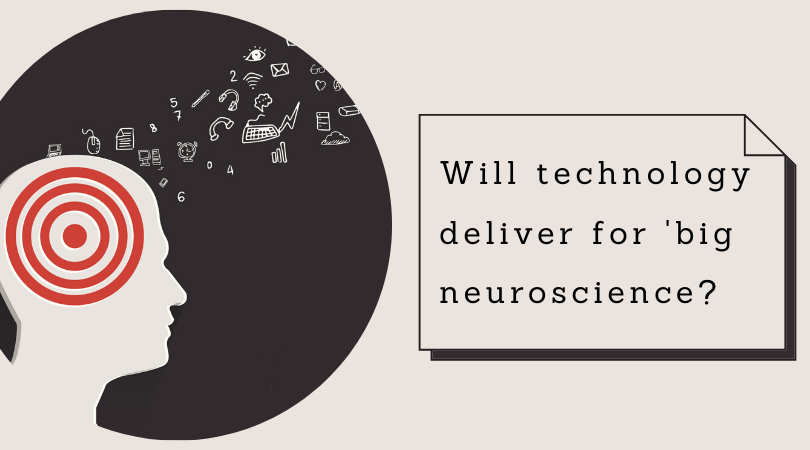Many technologies and plausible areas of neuroscience research, including experiments that may be facilitated through the use of human subjects. The committee assumes that all such research will be conducted in accordance with the guidelines established in the Belmont Report and subsequent regulations issued by the Office of Human Research Protections of the U.S. Department of Health and Human Services. Having completed the big sequencing challenge of the nineties and early aughts, some political institutions seem ready to undertake another big and collective scientific endeavor—this time, to improve our understanding of how human brains work. the European Commission announced that it would give €1 billion to a project aiming to simulate the human brain, the Human Brain Project.

This project seeks to integrate everything we know about the brain into massive databases and detailed computer models. Following this announcement, the US National Institutes of Health unveiled their desire to undertake a project of no less magnitude that seeks to monitor the activity of whole brains at the cellular level: The Brain Activity Map.
The challenges with the brain are that it functions at the level of cells and synapses and that communication happens on the millisecond timescale. Technologies do exist to record the activity of hundreds of cells located in a relatively small region of the brain with high spatial and temporal resolution in model organisms, using either imaging approaches or electrodes. But interesting brain functions emerge from the interaction of thousands or perhaps millions of neurons distributed across the entire brain. Imaging technologies, such as functional magnetic resonance imaging (fMRI), can infer neuronal activity across the entire brain in a non-invasive manner, but their resolution is currently much too coarse to unveil what is going on at the cellular level.
Thus, there is clearly a gap in what current technology can do for whole-brain studies at the level that matters most. Deployable instruments are technologies directly affecting performance, training, or military decision making. Enabling instruments to fill gaps in current technology and allow neuroscientific examination (laboratory) or evaluation (training or battlefield) of soldier performance, training, or military decision making. The committee feels this distinction is vital, because it is not immediately clear, for example, whether miniaturized signal processing technology will open additional opportunities to use laboratory devices currently considered impractical.
If that happened, the miniaturization of signal processing would be an enabling technology. All neuroscience technologies have spatial and temporal resolutions that define the neurophysiological building blocks they can study. Twenty-five years ago, the vast majority of detailed in situ function of localized structures in the human brain was extrapolated from work on animals measured with electronic stopwatches, clipboards, and scalp surface electrodes or was inferred from correlation studies of injury/pathology using psychiatric examinations. The neuroscience projects, however, are in graver need of technological advances to generate the desired data. These are exciting times for neuroscience research. More than ever, inclusive discussions among physicists, engineers, and especially neuroscientists across the globe will be critical if we are to successfully reach the ambitious goals on the agenda.
Read Here Most Trending Paramedical Courses With High Salary in India











